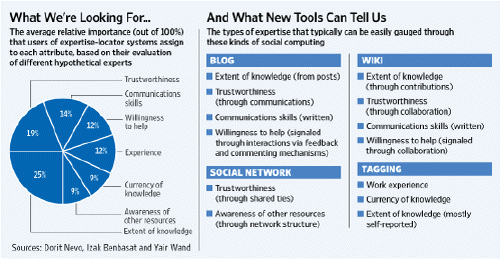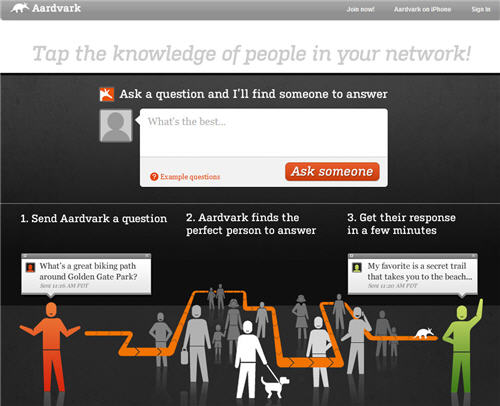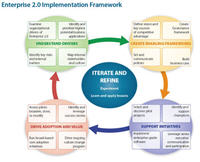The rapidly building wave of online outsourcing and crowdsourcing
The Age today has an interesting article titled Outsourcing on steroids that looks at the array of online technologies that are enabling the outsourcing of small tasks and the crowdsourcing of design, innovation, and other key business functions.
I’ve noticed that in just the last few weeks mainstream media coverage of online service exchanges and crowdsourcing tools is picking up. As the article in the The Age concludes, “it’s certain crowd sourcing is a key business trend for the future”. The
The article quotes me in two different sections:
Although odesk and similar sites such as elance.com are known for being a meeting place where businesses can access very low cost services, crowd sourcing is not just about finding the cheapest service provider possible.
Futurist Ross Dawson says: “Online services exchanges are places where anyone anywhere can get people to perform services; it’s about the development of a global talent economy. Some services are commoditised – you might want someone to count the number of tennis balls in a photo for the lowest price possible. But they also allow you to find the best person for the job and price isn’t always the primary factor why you hire someone, sometimes it’s more about finding talented people. I use odesk and the last person I hired wasn’t in Egypt or Latvia he was in New York.”
This idea of how best to tap the most talented – rather than the cheapest – professionals in the global market is the subject of my next book. I’ll be writing a lot more about this on my blog.
Later in the article:




